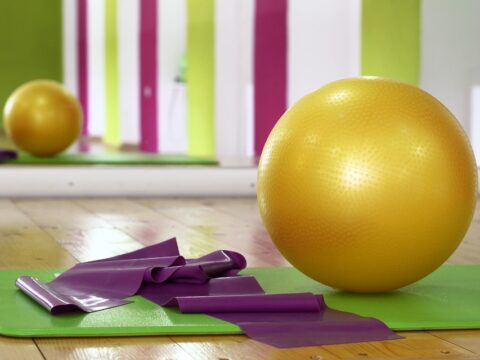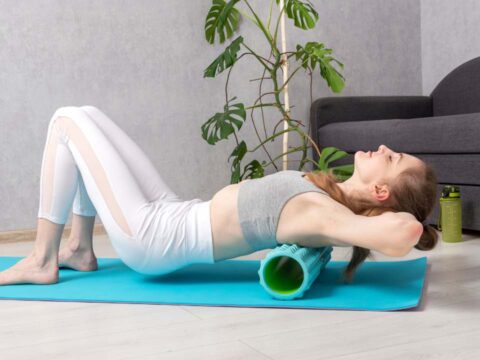Hip injuries account for 6% of all injuries in sport. A 2017 study found that it is a major factor in long-term hip mobility.
Hip openers for yoga are believed to have more than just physical benefits. Stretching the muscles around your pelvis can help you feel emotional freedom.
What should you know about hip openers?
Hip openers in yoga are important because they open up the hips and allow you to perform other poses.
Hip tension is a common problem in our society today. This could be because we spend so much time sitting and not doing positions that allow our hips to open up.
Tight hips can cause lower back pain, spinal misalignment and injury.
The spherical hip joint is designed to stabilise everyday activities such as standing and walking. It supports the body weight and provides stability for everyday activities such as standing or walking.
The hip joint is different from other joints, such as the elbow or knee. This allows for greater freedom of movement.
Podcast
Yoga hip opener
The connective tissue that connects the upper and lower body, the hip joint and pelvis, are important for all forms of movement. If the hips are not flexible or open enough, impulses to move can become trapped in the hip area. This can limit freedom of movement and lead to an impairment of your yoga practice.
Complexity is a feature of the pelvic region. Many muscles work together and need to be moved. These muscles not only provide stability, but also allow us to move in a functional way.
Open hips in yoga postures can promote circulation and relieve back pain. They can also relax tight hips and improve range of motion.
Crossed leg position
Self-exercise can seem difficult. The spinal roll can help you get moving and loosen up. Motivation is movement.
Start by placing your hands on the floor. First place your hands on your knees. Then rotate your pelvis forward (tailbone tucked in) and backward (butt sticking out). Inhale and stretch your chest towards your backbend. Inhale and your spine begins to move to the side.
If you are serious about yoga, your spine is your most important asset. If necessary, you can support your spine with supports.
Bridge pose
This exercise strengthens the pelvis and lower body while helping to prevent backbend injuries. This is important because it allows you to build core awareness for the Side Plank at the beginning of your flow.
To do this, lie on your back and bend your knees. This helps you to become more aware of your core and legs. This will help you become aware of your core so that you can perform the Side Plank at the beginning of your flow.
Dolphin Pose
This position lengthens and strengthens your shoulders while stretching your back. You need to be flexible and strong to perform this pose correctly.
Your elbows should be in the middle with your forearms parallel to your shoulders. Your forearms should be parallel to each other while your elbows are close together.
Immediately relax your neck and then press your elbows against your chest to rotate your pecs and the muscles under your armpits. Then exhale and press your forearms into the floor. Now lift your hips until your feet are slightly wider than your hips. Inhale. Next, lift your right leg straight up so that your feet are slightly wider than your hips. Take a deep breath and extend your right leg towards the end.
Cobra Pose
Cobra Pose is a great way to introduce other exercises. It can also strengthen your back, chest, shoulders and core.
Place your hands under your shoulders so you can feel your chest. For Cobra Pose, lift your head and lift your chest forward.
Angle pose
This hip opener should be performed on a blanket or other surface. By placing your feet on the blanket, you can prevent them from slipping.
Roll your thighs inwards to widen your sit bones. Keep your feet on the floor and tilt your pelvis forward. To check that your lumbar spine is straight, you can also touch it with your hands.
Press your shins into the floor and place your hands on the block to support your body.
Pigeon pose
This position is traditionally used to open the hips. Stretch your legs and widen them before assuming this pose.
You can achieve this position by placing your left leg forward, your knee behind your right and your foot behind your feet. Your shin should be parallel to your yoga mat.
Your outer edge should be pressed into the floor. While doing this, stretch your foot off the floor so that your big toes are exposed.
Raise your back and hug your legs. Bend your upper body forward to stretch your back.
For this pose, place one leg behind your back and your forearm in front of you. Then return to downward facing dog.




